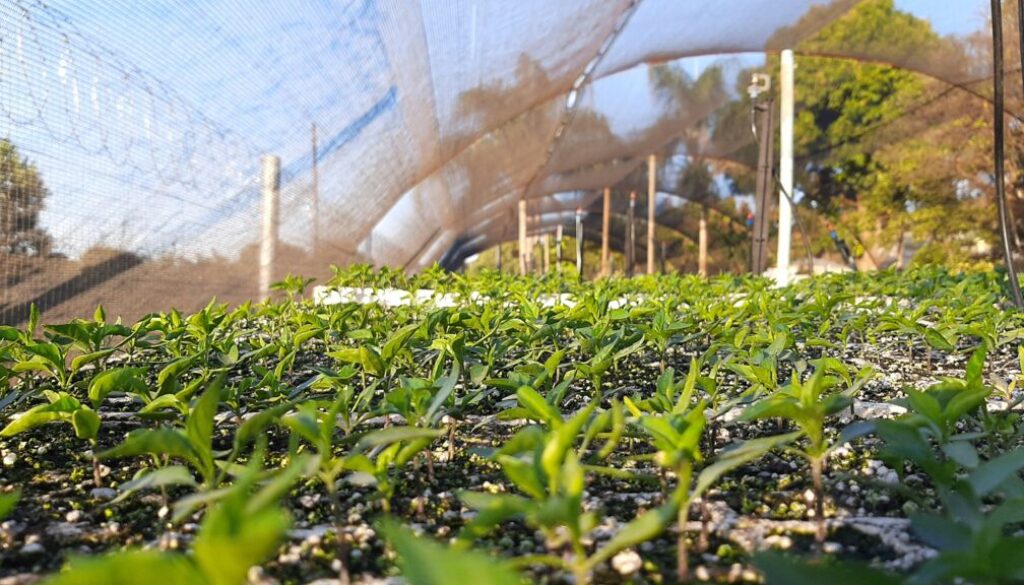Sustainable Food: Farm-to-Table – A Comprehensive Guide
In an era where environmental concerns and health consciousness are at the forefront, the farm-to-table movement has emerged as a revolutionary approach to food sourcing and consumption. This guide delves into the principles of sustainable food practices, explores the benefits of the farm-to-table model, and provides practical tips for integrating this approach into your daily life. Embracing sustainability in food not only supports local economies but also contributes to a healthier planet and a more nutritious diet.
What is Farm-to-Table?
Farm-to-table is a food movement that emphasizes sourcing ingredients directly from local farms to your plate. This approach aims to shorten the food supply chain, reduce environmental impact, and enhance food quality by minimizing transportation and processing. By focusing on fresh, seasonal produce, the farm-to-table model promotes a direct connection between consumers and the origins of their food.
The Benefits of Sustainable Food Practices
- Environmental Impact
- Reduced Carbon Footprint: By sourcing food locally, farm-to-table reduces the need for long-distance transportation, cutting down on greenhouse gas emissions.
- Decreased Food Waste: Seasonal and local produce often has a longer shelf life and requires less packaging, contributing to reduced food waste.
- Health and Nutrition
- Freshness and Flavor: Locally sourced food is often fresher and more flavorful, as it is harvested at peak ripeness and travels shorter distances.
- Nutritional Value: Fresh, seasonal produce retains more nutrients compared to items that have been stored for extended periods or transported long distances.
- Support for Local Economies
- Economic Boost: Purchasing from local farms supports small-scale farmers and strengthens local economies.
- Community Connection: Engaging with local food producers fosters a sense of community and supports sustainable agricultural practices.
How to Embrace the Farm-to-Table Movement
- Shop at Local Farmers’ Markets
- Farmers’ markets are excellent places to find fresh, seasonal produce directly from local growers. Look for markets in your area and make them a regular part of your shopping routine.
- Join a Community Supported Agriculture (CSA) Program
- CSAs offer a subscription-based model where you receive a regular supply of fresh produce from local farms. This not only supports farmers but also ensures a steady stream of seasonal ingredients for your kitchen.
- Grow Your Own Food
- Starting a home garden allows you to grow your own fruits, vegetables, and herbs. Even small-scale gardening can significantly contribute to a sustainable food practice.
- Make Informed Choices
- When shopping, choose products with minimal packaging and opt for organic or sustainably farmed items. Reading labels and understanding sourcing practices can help you make environmentally friendly choices.
Farm-to-Table Recipes to Try
- Seasonal Veggie Stir-Fry
- Utilize a variety of fresh, seasonal vegetables from your local farmers’ market for a vibrant and nutritious stir-fry. Add some locally sourced protein like tofu or free-range chicken for a complete meal.
- Herb-Infused Salad
- Combine fresh greens and herbs from your garden or a CSA box to create a refreshing salad. Top with a homemade vinaigrette made from local ingredients for added flavor.
- Farm-Fresh Smoothies
- Blend together seasonal fruits and vegetables for a delicious and nutrient-packed smoothie. Experiment with different combinations based on what’s available at your local market.
Conclusion
The farm-to-table movement offers a sustainable approach to food consumption that benefits both the environment and our well-being. By choosing to support local farmers, embracing seasonal produce, and making informed food choices, you can contribute to a healthier planet and enjoy fresher, more nutritious meals. Start incorporating farm-to-table practices into your life today and experience the positive impact of sustainable food on your health and community.



